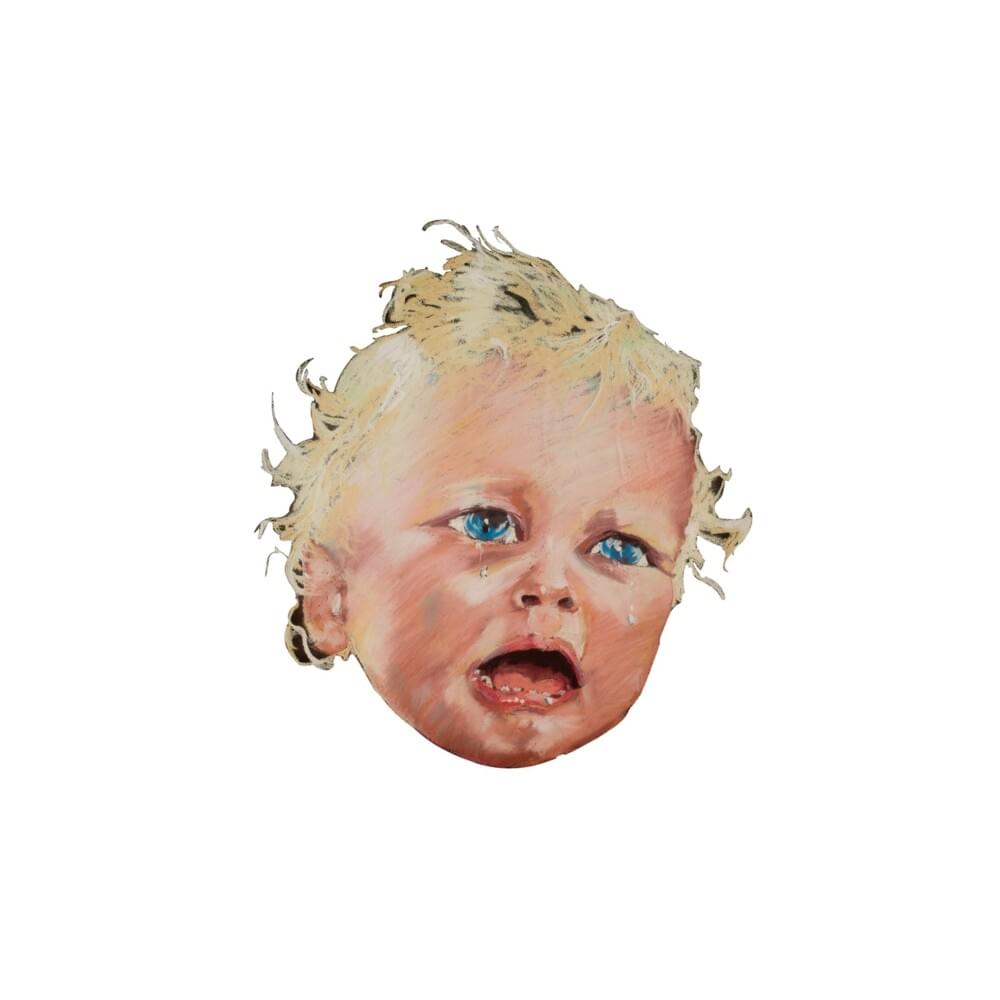“To Be Kind,” released May 12, 2014, is the 13th studio album by American experimental rock band Swans. The band is led by singer, songwriter and multi-instrumentalist Michael Gira with additional performances by Kristof Hahn, Thor Harris, Christopher Pravdica, Phil Puleo, Norman Westberg, Bill Rieflin and 11 other guest performances. The album consists of 10 songs and is 121 minutes long.
Swans as a band has some interesting history behind it. The band was formed in 1982 by Gira and has gone through multiple different styles, band lineup changes, a breakup in 1997 and a reformation in 2010. “To Be Kind” comes along after a long history from the band and was a spiritual sequel to “The Seer,” the band’s previous album released Aug. 28, 2012.
“The Seer” had some of the band’s most ambitious material to date, with the band filling out their sound with a bunch of different instrumentals, a colossal sound and some of the longest songs they have ever written, with the title track being 32 minutes long.
It’s music that is as unsettling as it is captivating, and “To Be Kind” sees the band continue to experiment with this sound with instrumental density and slow, incremental progression.
“To Be Kind” starts with “Screen Shot,” which kicks off the album perfectly with this subtle, hypnotic bass riff, and it slowly builds into this bigger, oppressive sound. Soon, the guitars are added, then the drums, piano and synth. This song and other songs on this album have a seamless way of building tension and progressing forward.
Lyrically, this song has Gira listing off ideas and then saying no to certain ideas, such as “no pain, no death, no fear, no hate.” It’s very vague as to what this could mean, but it has a strange bit of hope and aspiration to it amidst the unsettling vibe the instrumentation establishes.
The next song, “Just a Little Boy (For Chester Burnett),” was made in dedication to Howlin’ Wolf, one of the most celebrated blues singers of all time, and this song lives up to that dedication with the slower bass and drum instrumentation as well as Gira’s off-the-wall vocal delivery on this song. It doesn’t match the climatic highs like some of the other songs on this album, but it does have the compelling writing and performances seen on the rest of the album.
“A Little God In My Hands” is the next song and is the funkiest song on the album, with a bouncy bass introduction, poppy drums and energetic vocals. This leads up to one of the first moments on the album, where everything builds into this wall of sound, with blaring horns wailing synths. It feels so big and cartoonishly evil that I can’t help but feel giddy every time this song plays.
Up next is the grand epic on this album. “Bring The Sun/Toussaint L’Ouverture” is a 34-minute two-part song containing some of the most hypnotic and mind-numbing instrumentation I have heard in music.
“Bring The Sun” just builds and builds and builds into this gigantic monster of a sound that is nothing short of sensory overload. What’s so impressive about it is that it does this with only one riff. The band is able to stretch out this riff for nearly 15 minutes and keep it interesting and captivating. It’s the power of sound to full effect and leads to one of my favorite moments on this album.
“Toussaint L’Ouverture” begins as this calm after the storm following “Bring The Sun,” with a very calm bass line alongside Gira screaming in French. However, as the song progresses, it slowly builds into this horrifying wall of sound that unsettles me every time I hear it.
Things do eventually come back down into a more relaxed state. “Some Things We Do” consists mostly of Gira spouting things people do, such as fighting, feeling, hurting and loving. It’s a very somber piece that feels so much more relaxed compared to what has come before and is an excellent palette cleanser for what comes next.
“She Loves Us” is the second-longest song on the album at 17 minutes and is one of the most diverse songs on the album, beginning with this loud guitar riff and chanting, then transitioning into this heavier section with Gira screaming once again, this time with much more religious and vulgar language, leading to this unsettling, yet hypnotic moment.
“Kirsten Supine” is interesting, as it starts out having a typical song structure, with Gira singing alongside vocalist St. Vincent with this piano background. It’s a pretty and ethereal introduction that lets the listener take another breather after what has come before.
Of course, this comes crashing down as the singing stops and the instrumentals build up once more, slowly building into this horrifying climax. It’s the scariest moment on the album, and I am always unsettled by this huge wailing of instrumentals. It really is a moment on this album that enforces the idea that the vocals don’t run this album, the instrumentals do.
“Oxygen” comes next and is a much faster and more straightforward song compared to the rest of the album, yet is the most unhinged song on the album with its heavy instrumentals and unhinged, animalistic vocal performance by Gira. Even with the primal aesthetic the song is going for, it never loses its structure or intrigue, which makes it so much more compelling as this standout song from the album.
The penultimate song on the album, “Nathalie Neal,” starts off as a drone, then transitions into one of the greatest rock riffs I have ever heard, with this big, booming bass and guitar riff that hits the listener over and over like a mallet. The sound of this song is huge, as are its lyrics, contemplating what love is and if it’s worth the inherent pain it comes with.
All of this builds into the final song on the album, the title track. “To Be Kind” ends on this long drone with lyrics telling the listener what it means to be kind. Once the vocals stop, the instrumentals come back in once more, a sonic wave of sound that is one of the most numbing yet beautiful moments I have ever heard in music. This grand finale beats the listener with a hammer once more, only to fade into silence.
Conclusion:
Over the past five years, I’ve been exploring music as an art form with the goal of attempting to listen to as much music as I possibly can, from mainstream hits to underground gems. With as much music as I’ve heard within these last five years, it’s given me time to think about why I love music so much.
Sound is what I value most in music. How something sounds influences my perception of the music I love or hate more than anything else.
“To Be Kind” is two hours of hypnotic, visceral instrumentation that deafens the listener with walls of sound and shows me the true power sound has. I’ve never listened to something that felt so huge, and I am consistently fascinated by this huge sound that is both exciting and numbing.
There are so many layers to each song on this album that I find something new every time I listen to it, whether it be with the instrumentals or the vocals. This is one of my favorite albums of all time and is a work of art I encourage everyone to listen to at least once.




